TechRadar Verdict
The Mobile Pixels Duex Plus is a good idea on paper but poor image quality and a rattily design hinder its chances of being your next portable monitor.
Pros
- +
Slim, light design
- +
Solid 1080p specification
- +
Good enough for basic computing
Cons
- -
Pallid, dim performnace
- -
Poor build quality
- -
Doesn't always stay attached to a laptop
Why you can trust TechRadar
The Mobile Pixels Duex Plus could be the perfect product if you regularly work on a laptop and want the luxury of a second screen without having to use a full-size portable monitor.
A second screen attached to your laptop makes plenty of sense if you spend lots of time away from your home or office, for instance, or if you just don’t have the space to use a second monitor.
Pricing and availability
The Mobile Pixels Duex Plus arrives at $299 (£299, around AU$477). That price sits right in the middle of the market for laptop screens that attach to a laptop display.
That’s a good start, but the Duex Plus is noticeably more expensive than second screens that sit independently, without a system to secure to the back of your laptop. If you’re happy enough to use a second display that can just sit alongside your notebook, you’ll be able to get a screen with an equivalent specification for $199 (£199, around AU$299), and sometimes even less – the Lepow Lite H1 costs $186.
The Mobile Pixels Duex Plus is widely available in all major markets, at least, so you should be able to get your hands on this panel no matter where you live.
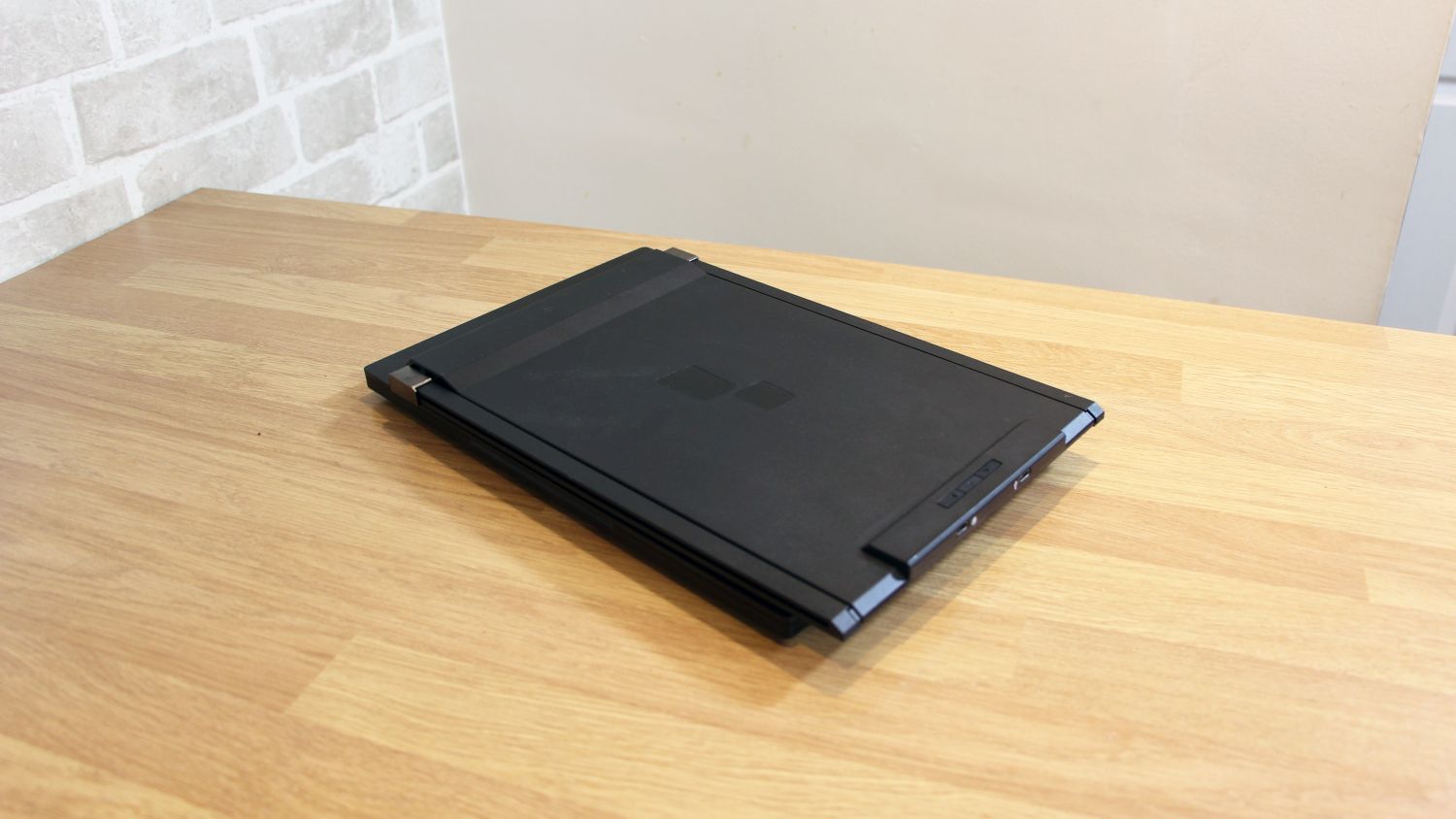
Design and features
The Duex Plus attaches to laptops with a system of stickers and magnets. The case has four round magnets that use adhesive pads to secure to the back of your laptop display, and those magnets sit inside slots that slide the entire case left or right. The screen itself simply slides out of the rear casing to the side of your notebook display.
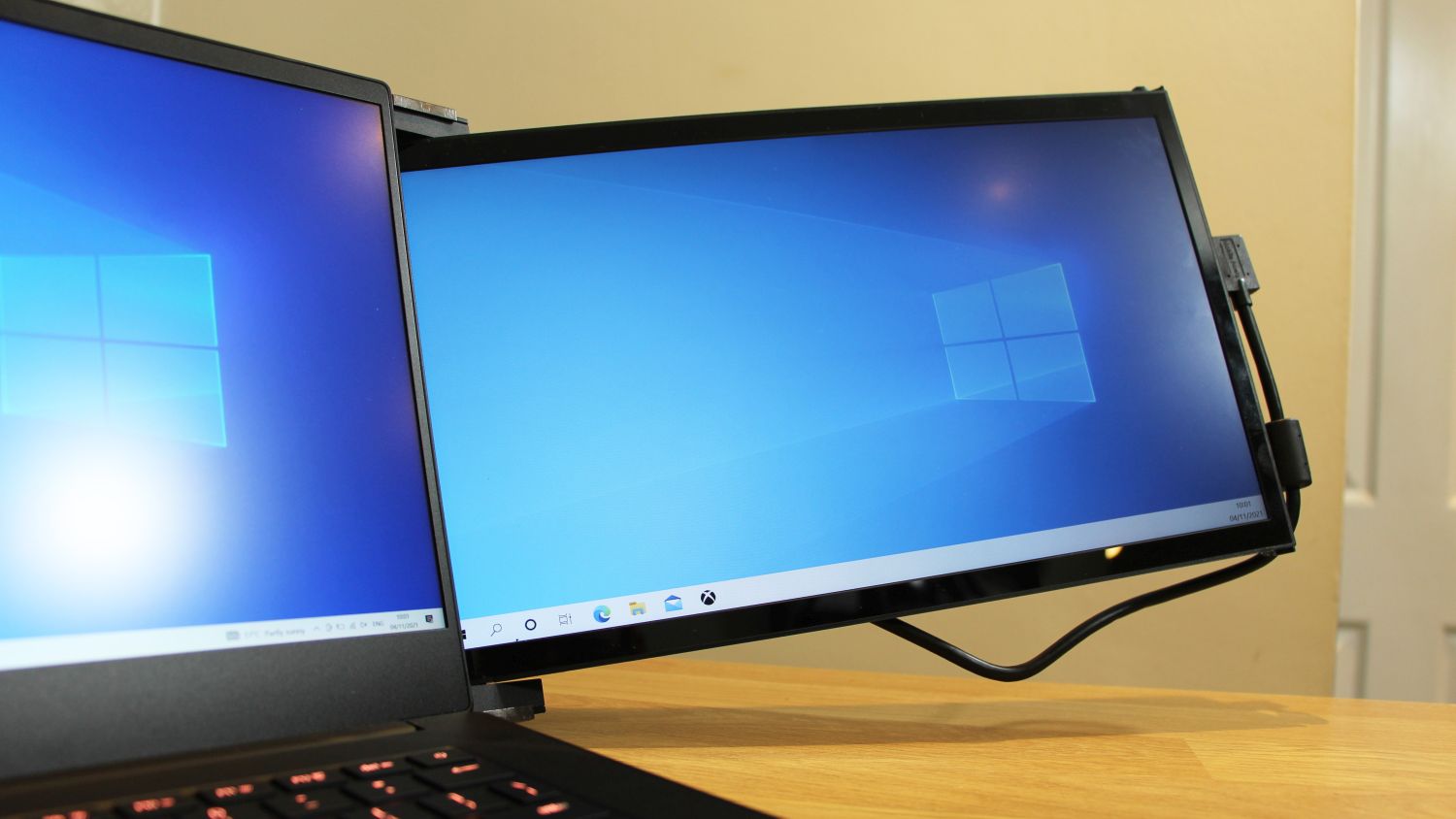
Users can change the Duex Plus’ angle with a generous 270-degree range of movement, and it’s easy enough to slide the screen in and out of its casing. Elsewhere, though, you don’t get any adjustment like tilt or swivel movement – unsurprising on a panel with this kind of design.
Sign up to the TechRadar Pro newsletter to get all the top news, opinion, features and guidance your business needs to succeed!
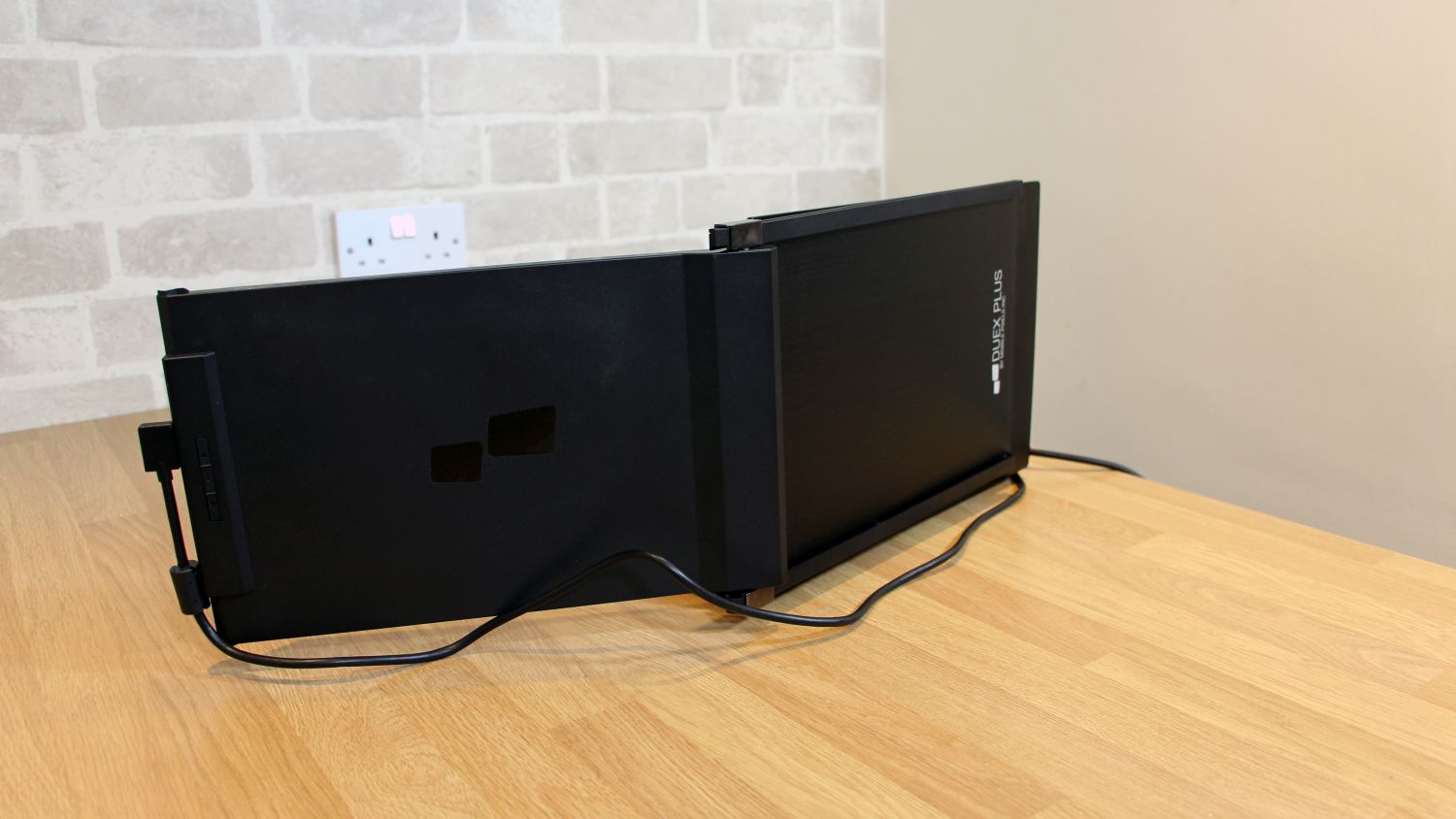
You can use the case as a stand and prop the panel in portrait mode, but only if you remove the device from your laptop. If you want to use the display externally in landscape mode, you’ll have to buy a laptop stand or something similar. This is markedly different from the Lepow, which doesn’t attach to your monitor but can sit anywhere on your office desk.
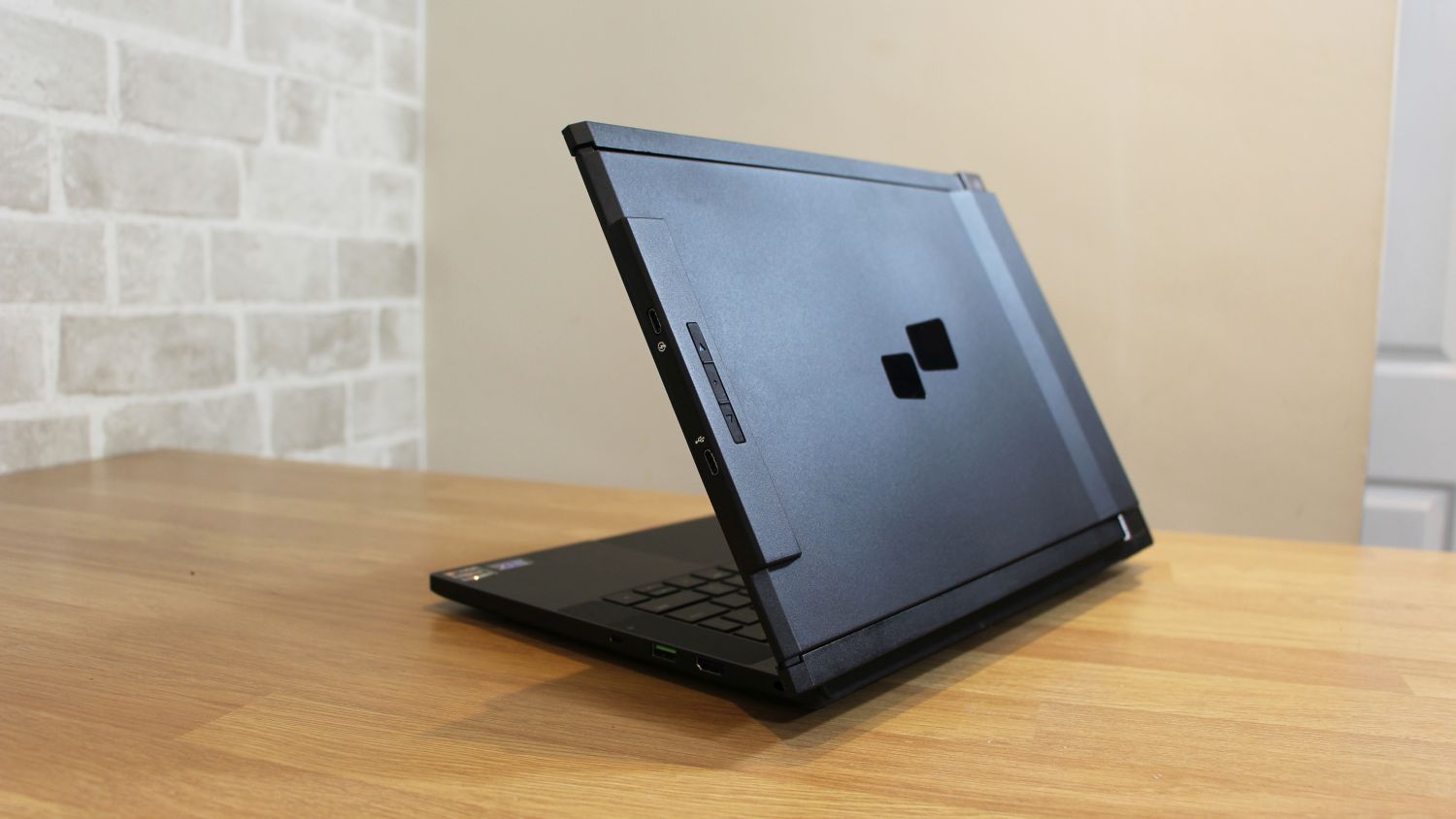
The exterior doesn’t impress in other departments either. The casing looks and feels cheap – it’s made from rattling plastic. The display has large borders, and attaching the Duex to your laptop adds 0.25in (6mm) to its thickness and 0.7kg to its weight. Those are modest figures but worth bearing in mind if you want to save space or weight.
On the inside, the Duex Plus is a 1,920 x 1,080 display with a 13.3in resolution and IPS technology. That’s a fine specification for everyday work use, and it means you’ll have enough extra real estate to open another browser window, Office app, or creative tool.
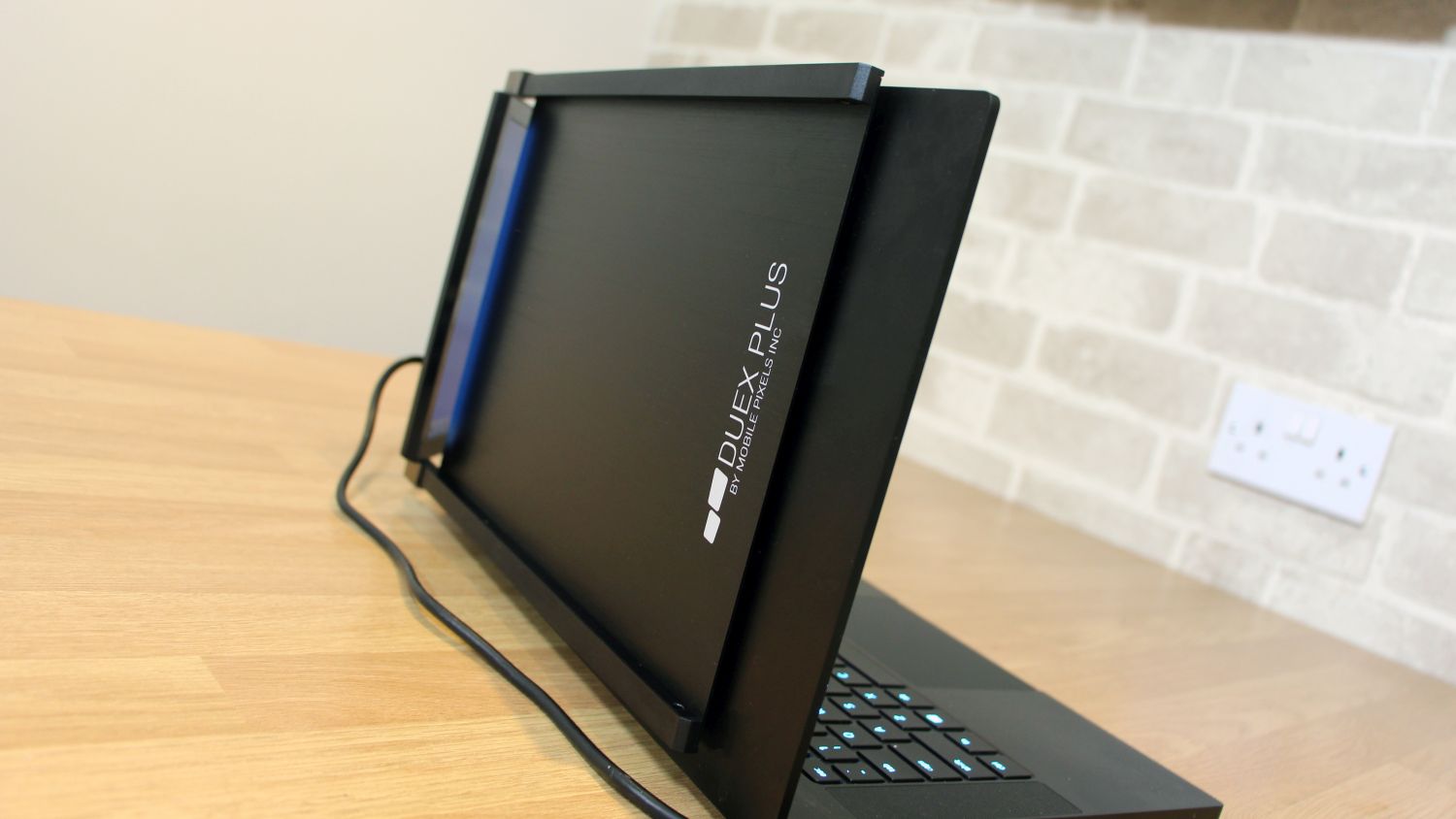
Performance and in use
The Duex Plus is a clever idea on paper, but it’s underwhelming in practice. It’s tricky to get started with the laptop thanks to fiddly installation. The sticky pads used on our review sample didn’t properly secure the screen to one of our test laptops, while it secured firmly to another machine. It depends on what kind of laptop you use, but the Duex may not attach securely to every notebook.
You’ll also have to use new pads – with twelve supplied in the box – if you want to use this display on a different machine.
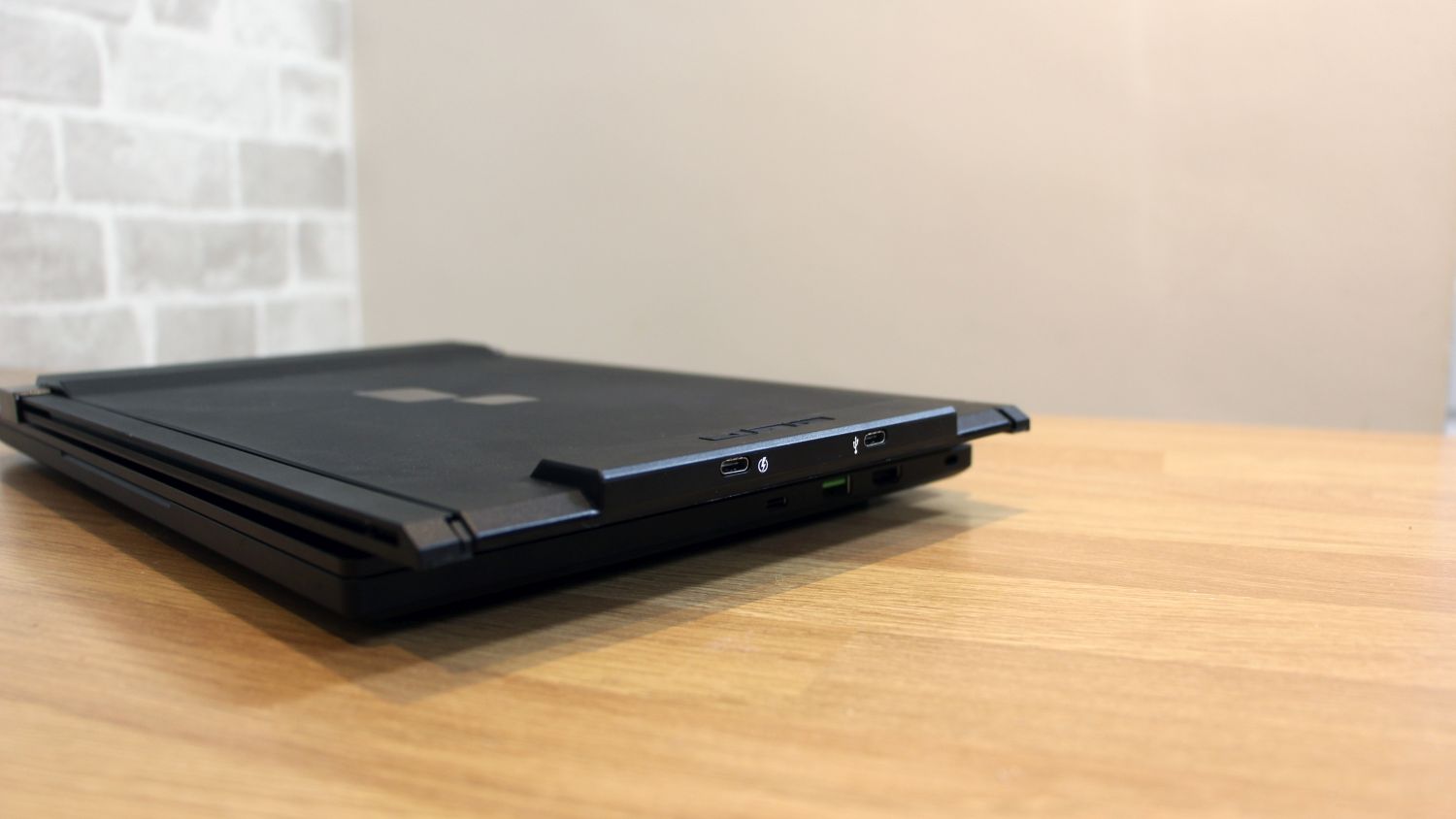
The right-hand side of the Duex has two USB-C ports, with one capable of carrying a DisplayPort signal so that you can connect two devices to the Duex at the same time. The supplied USB-C cable has an adapter to plug into a full-size USB socket, too. The ports face the outside of the display, though, so the cable extends even further from your laptop. That can quite easily leave your desk looking messy.
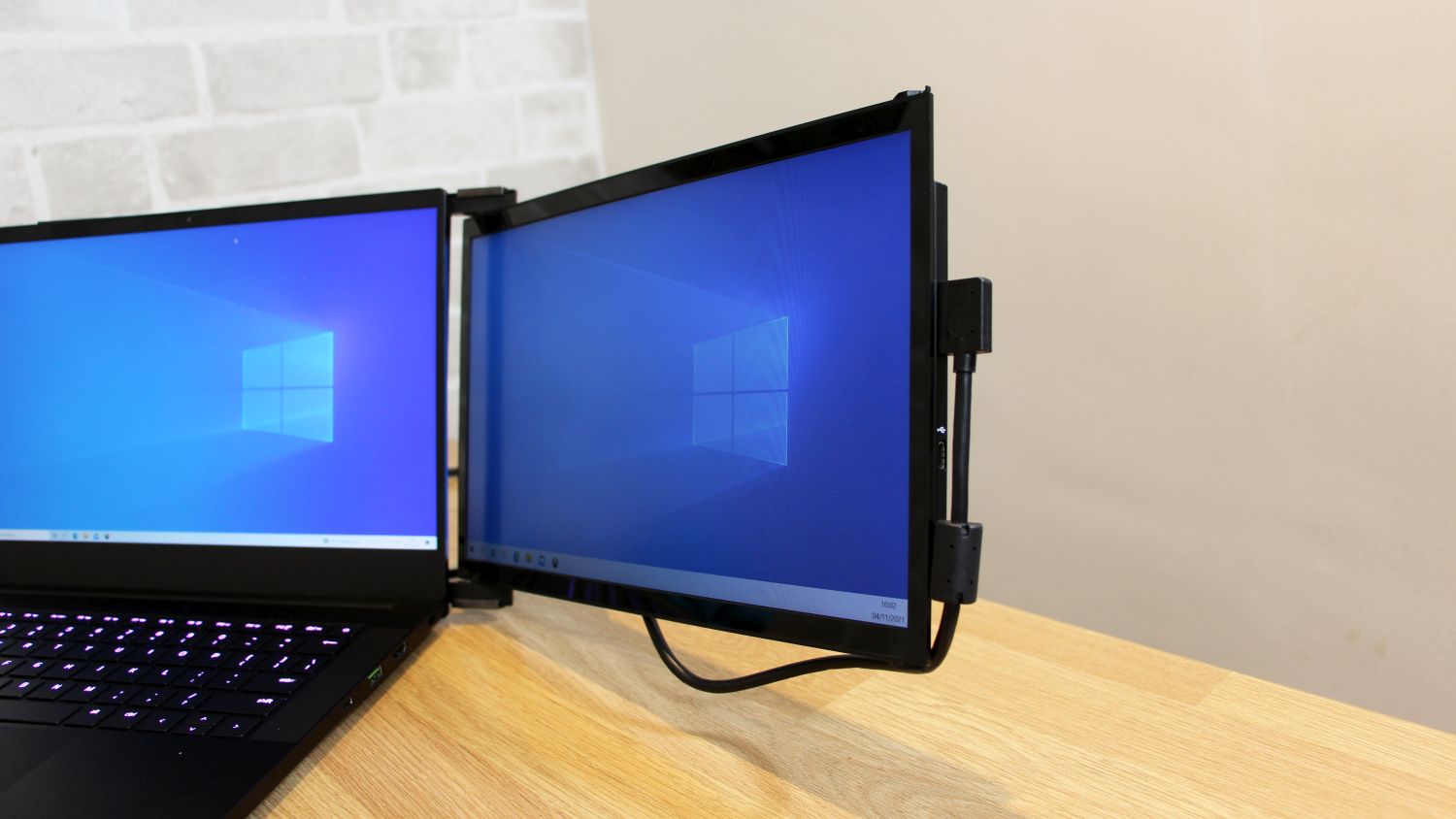
The Duex Plus doesn’t impress when it comes to image quality, either. Its maximum brightness level of 171cd/m2 means that this panel is only good enough for indoor use – it can’t cope with more demanding outdoor conditions.
Here is the Mobile Pixels Duex Plus configuration sent to TechRadar Pro for review:
Panel size: 13.3-inch
Panel type: IPS
Resolution: 1,920 x 1,080
Brightness: 300cd/m2
Contrast: 1,000:1
Refresh rate: 60Hz
Inputs: 2 x USB-C
Weight: 1.5 pounds (0.7kg)
Dimensions: 12.25 x 8.46 x 0.25in (311 x 215 x 6mm) WxHxD
The black point of 0.15cd/m2 is solid and helps the screen develop a contrast ratio of 1,140:1. That’s a decent figure and means that this panel does have some depth, but the Duex’s sheer lack of brightness means that you never really see any punch or vibrancy – everything is dull.
The average Delta E of 5.04 is poor and means colors aren’t accurate, and the color temperature of 7310K is on the cool side, so those colors look pallid. This display only renders 55.6% of the sRGB color gamut, which means that it only produces just over half of the shades that will potentially be required by mainstream content.
The 60Hz refresh rate is only good enough for everyday work use, and the response times are poor – you can see the cursor blurring if you whizz it around the display. While that’s OK for browsing the web and working in office apps, it means that this display can’t handle any after-hours gaming.
The lack of quality won’t stop you from browsing the web, running office apps, or using the secondary display for your email and messaging software. Still, this screen doesn’t have the punch, accuracy, or breadth of color to tackle any creative tasks. Photos and videos won’t look bright or vibrant on this display either.
It’s worth noting that the Lepow Lite H1 is a little larger than the Duex, and it provides slightly better contrast, punch, and color accuracy, but it still suffers from poor brightness and mediocre performance when compared to most laptop and desktop displays.
Final verdict
There’s a lot to like about the Duex Plus on paper: if you want two screens on your laptop then the ability to slide a second panel into view is a boon, and the fact that it attaches to laptops makes it easier to use.
In practice, though, the Duex disappoints. Its attachment mechanism is fiddly and inconsistent, build quality isn’t great, and the display’s poor quality means it’s only suitable for basic tasks and indoor environments. At this price, that’s not good enough.
Too much has been compromised here to build a second screen that can attach to your laptop. If you want a secondary display, you’d be better off with a separate portable panel with better quality and a lower price. This is only worth buying if you absolutely need a screen attached to your laptop.
Need an additional screen for your laptop? Check out our roundups of the best portable monitors and best USB-C monitors
Mike has worked as a technology journalist for more than a decade and has written for most of the UK’s big technology titles alongside numerous global outlets. He loves PCs, laptops and any new hardware, and covers everything from the latest business trends to high-end gaming gear.
